Membrane Transporter/Ion Channel
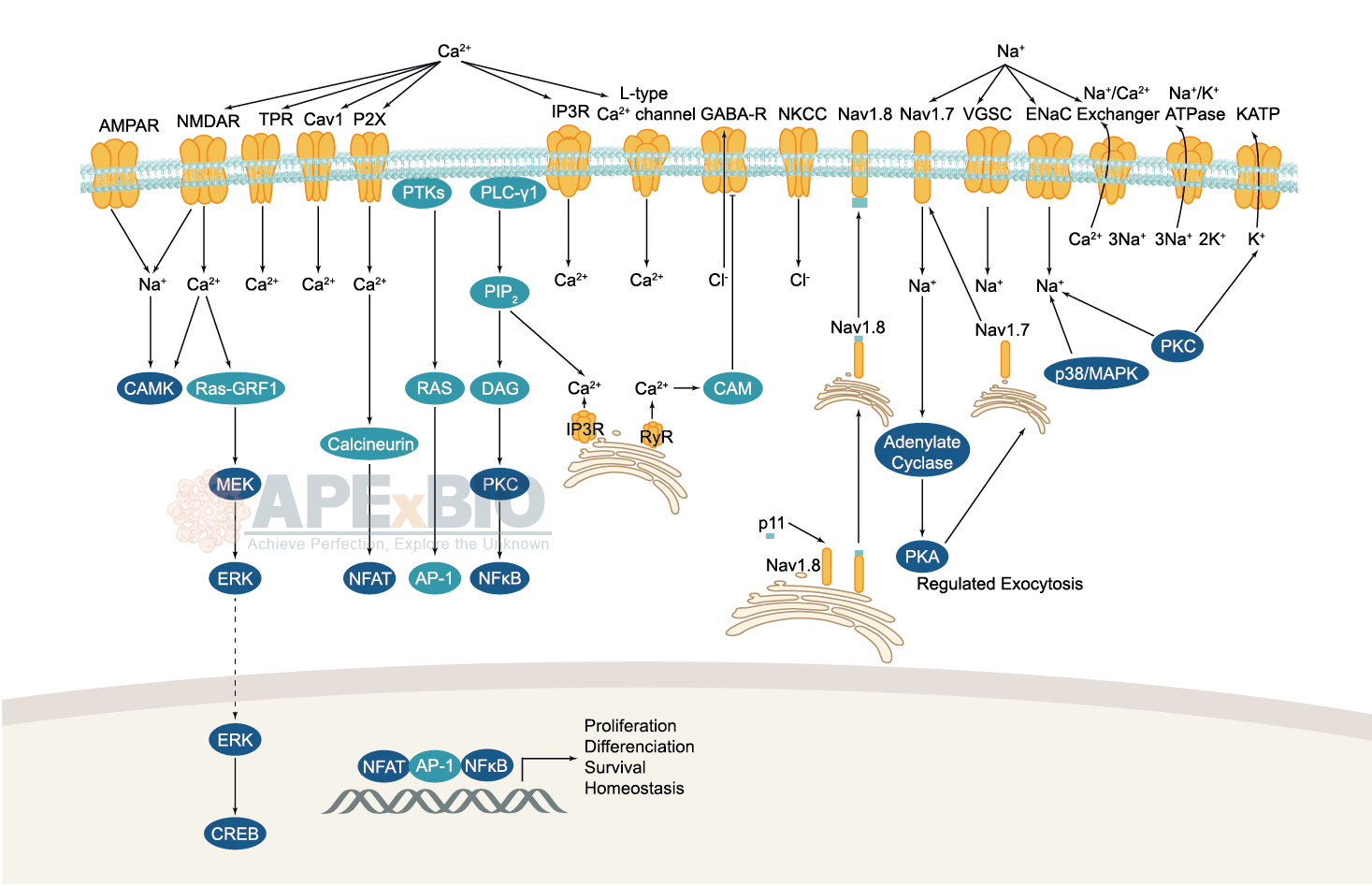

Membrane Transporters mediate the movement of ions and molecules via binding and moving the substance across the membrane. There are two main actions of transporter: facilitated diffusion (passive transport) and active transport. Membrane transporters which bind the hydrolysis of ATP to the transport of target molecules are referred to as ATPases. For instance, Na+,K+-ATPases or Na+,K+-pumps are responsible for the transport of Na+ out of and K+ into cells.
Ion channels are pore-forming membrane proteins which allow the flow of ions across the membrane. The ion channels can be broadly grouped into six families including calcium channels, chloride channels, potassium channels, sodium channels, gap junction proteins and porins. Not all ion channels are gated, such as certain type of K+ and Cl– channels, transient receptor potential superfamily of cation channels, the ryanodine receptors and the IP3 receptors, but most Na+, K+, Ca2+ and some Cl– channels are all gated by voltage. Ligand-gated channels are regulated in response to ligand binding (e.g. neurotransmitters signaling). These ligand-gated neurotransmitter receptors are known as ionotropic receptors. Various neurotransmitters couple to ionotropic receptors such as glutamate, acetylcholine, glycine, GABA, and serotonin.
-
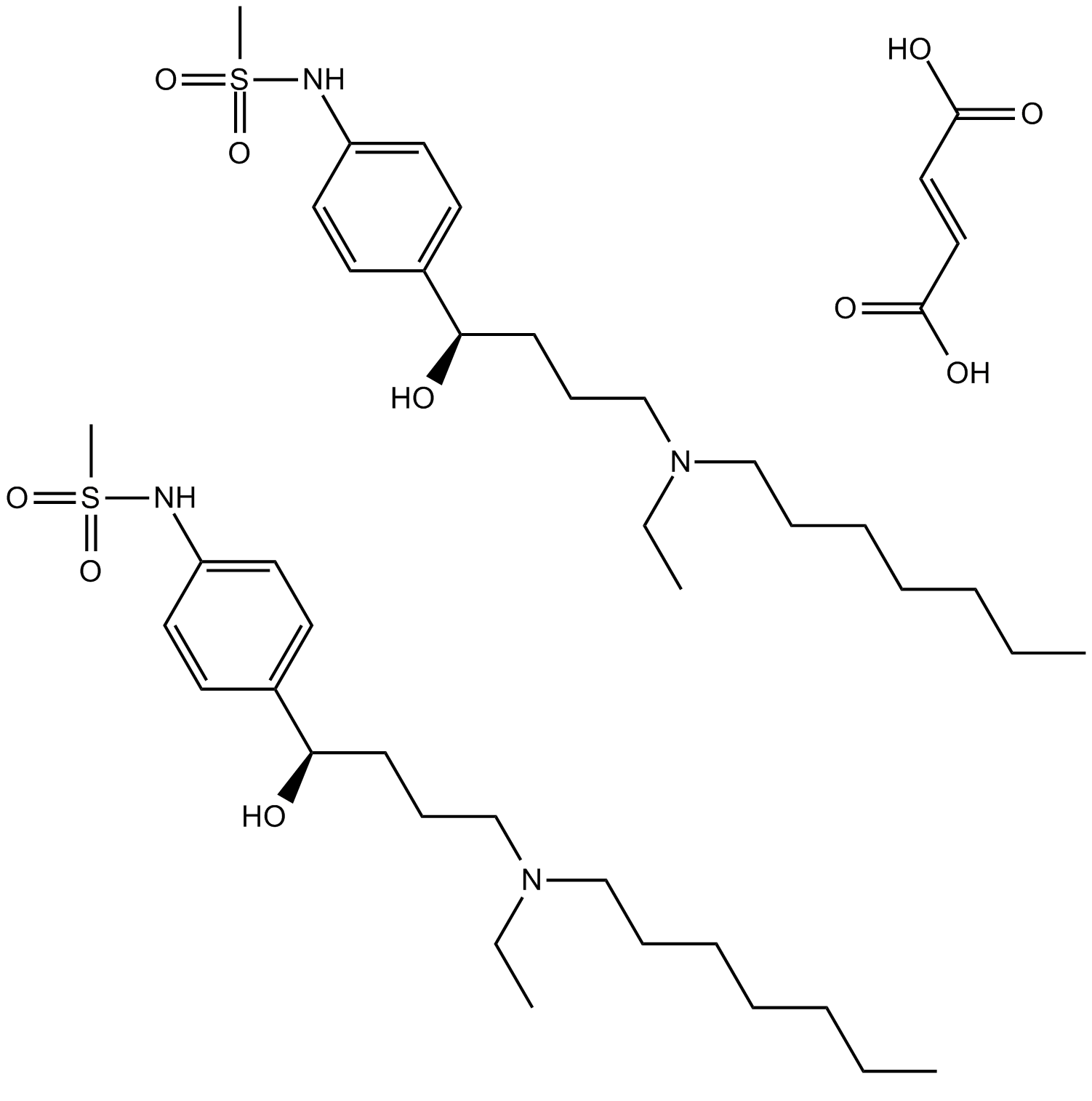 B2278 Ibutilide FumarateTarget: Voltage-gated Potassium (KV) Channels|Voltage-gated Calcium Channels (CaV)|sodium channelSummary: Class III antiarrhythmic agent
B2278 Ibutilide FumarateTarget: Voltage-gated Potassium (KV) Channels|Voltage-gated Calcium Channels (CaV)|sodium channelSummary: Class III antiarrhythmic agent -
 B1909 ChlormezanoneSummary: Anxiolytic and skeletal muscle relaxant
B1909 ChlormezanoneSummary: Anxiolytic and skeletal muscle relaxant -
 B2120 PrimidoneSummary: anticonvulsant of the pyrimidinedione class
B2120 PrimidoneSummary: anticonvulsant of the pyrimidinedione class -
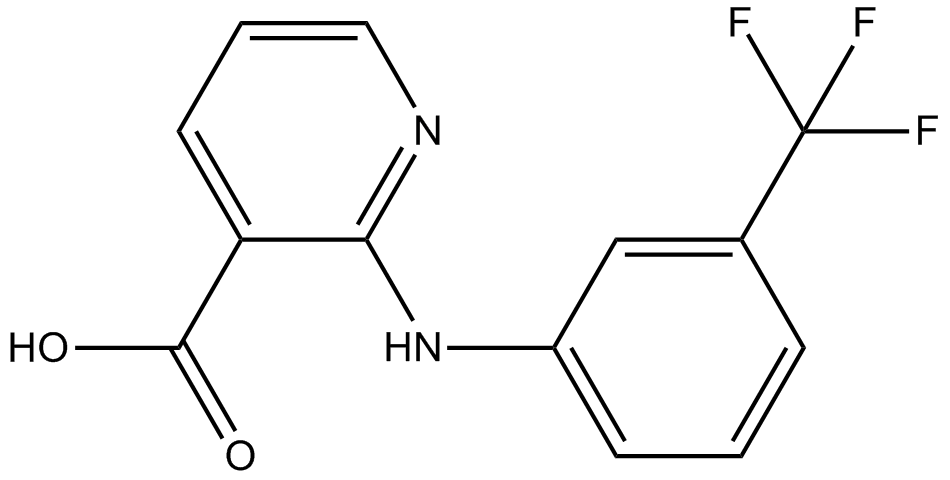 B1530 Niflumic acidSummary: Ca2+-activated Cl- channel blocker
B1530 Niflumic acidSummary: Ca2+-activated Cl- channel blocker -
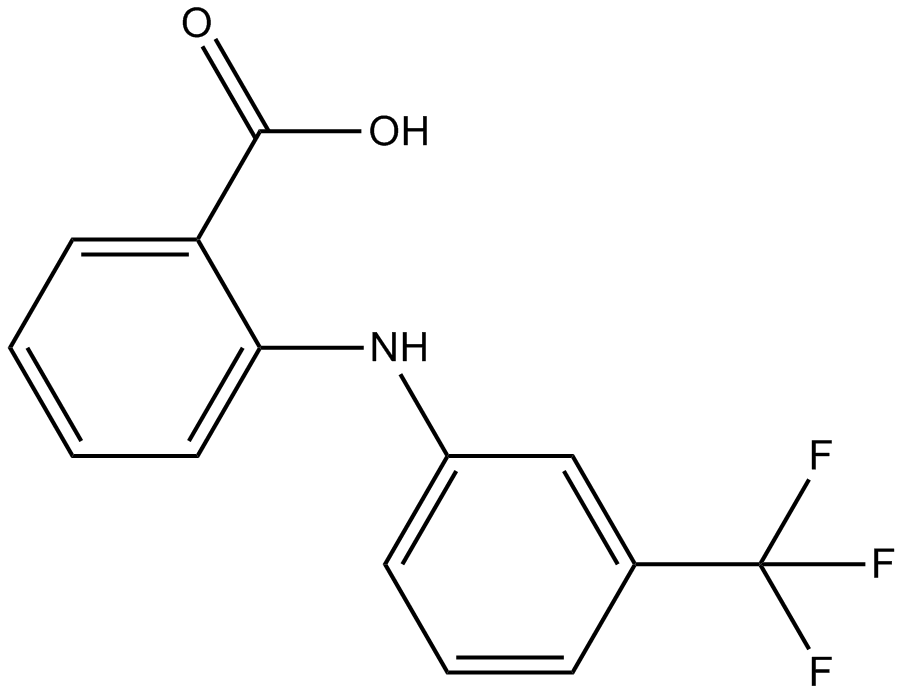 B1760 Flufenamic acidSummary: TRPC activator
B1760 Flufenamic acidSummary: TRPC activator -
 B2272 Phenytoin sodiumTarget: Voltage-gated Sodium (NaV) ChannelsSummary: Sodium channel stabilizer
B2272 Phenytoin sodiumTarget: Voltage-gated Sodium (NaV) ChannelsSummary: Sodium channel stabilizer -
 B2271 PhenytoinSummary: inactive voltage-gated sodium channel stabilizer
B2271 PhenytoinSummary: inactive voltage-gated sodium channel stabilizer -
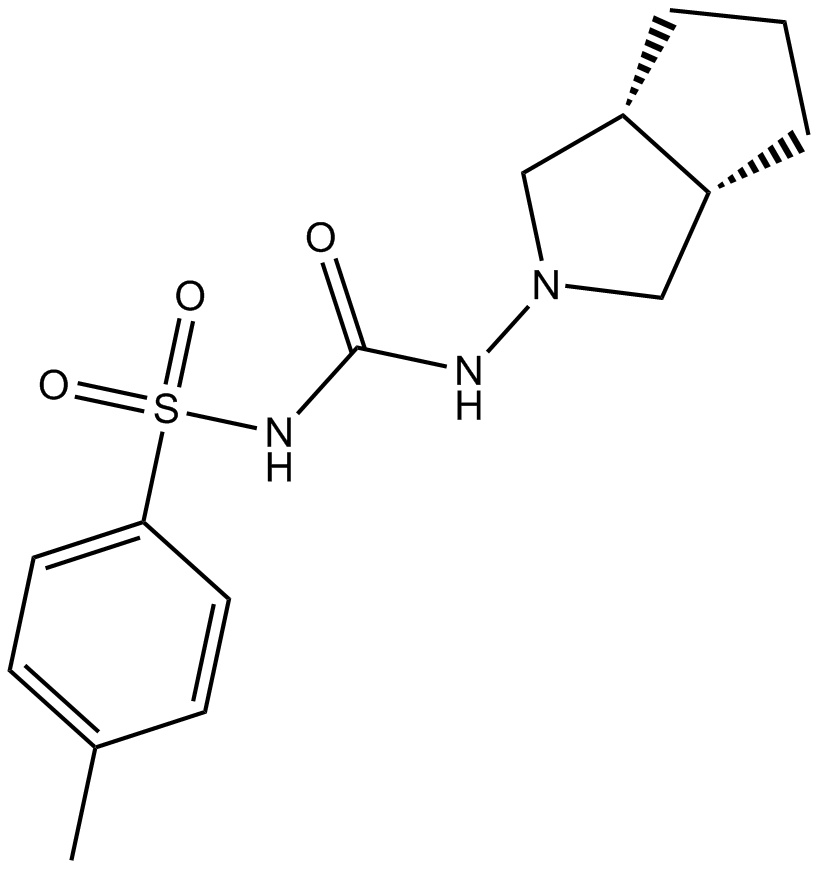 B2195 GliclazideTarget: Inward Rectifier Potassium (Kir) ChannelsSummary: Potassium channel inhibitor
B2195 GliclazideTarget: Inward Rectifier Potassium (Kir) ChannelsSummary: Potassium channel inhibitor -
 B1413 Tetracaine HClSummary: Anaesthetic and allosteric inhibitor
B1413 Tetracaine HClSummary: Anaesthetic and allosteric inhibitor -
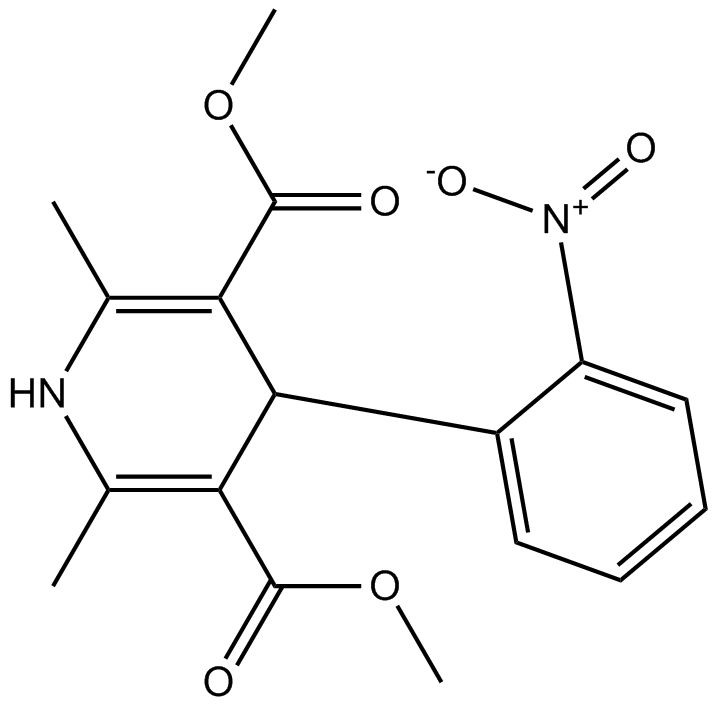 B1988 Nifedipine2 CitationTarget: Voltage-gated Calcium Channels (CaV)Summary: L-type calcium channel blocker
B1988 Nifedipine2 CitationTarget: Voltage-gated Calcium Channels (CaV)Summary: L-type calcium channel blocker


